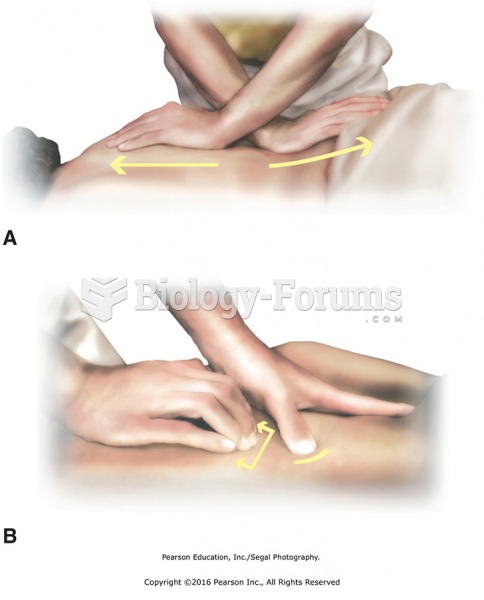Answer to Question 1
Answer: Use the following guidelines to ensure a professional presentation:
Practice (out loud). Practice means saying the words out loud, not merely going over them in your head, to create a sound memory to recall during your actual presentation.
Dress for the part. For formal presentations, wear business-formal clothing, similar to what you would wear to a job interview. Even in less formal presentations, dress with care. Wear clothing that looks neat and allows you to move comfortably. You want people to pay attention to you, not your clothing.
Arrive early and warm up. Warming up can take several forms. To feel comfortable with the audience, greet people individually, introduce yourself, get used to talking with them, and make a good first impression even before you begin to present. To focus your mind and relieve stress, use relaxation techniques to focus your mind and relieve stress. Breathe deeply from your diaphragm to control the adrenaline and relax the neck and jaw muscles. This will help you project your voice. To refresh your memory about your content, take a quick look at your notes, and review your opening and closing remarks. Finally, double-check handouts and equipment to ensure everything is ready.
Set up all equipment and props. If you plan to use presentation slides, turn on the projector or electronic data display and have the title slide in place when the presentation begins.
Decide where you will stand. Whenever possible, avoid standing behind lecterns and large desks or tables because they create a barrier between you and the audience. If you are using a projector, position yourself on one side of the screen so that you do not have to walk between the screen and the projector's light. Using a remote control to change slides can help you navigate your presentation space.
Keep the lights up and attention on you. If you choose a technology that requires low light, plan to begin speaking with the lights on. It can be very effective to begin speaking before projecting any visuals. Connect with the audience and then move to the slides.
Have water available. If you are speaking for a long time, you will need to drink water to prevent your mouth from drying out and your vocal cords from being constricted.
Answer to Question 2
Answer: The setting of your presentation will affect the material you prepare and your presentation style. For some presentations, you may be standing in front of a screen with an audience arranged in rows or tables throughout the room. For other presentations, you may be sitting at a conference table with a few key decision makers. And in other situations, you may be delivering the presentation to a remote audience by videoconference, web conference, or teleconference. If you are going to speak using a podium microphone, then this could limit your mobility around the room. It's also important to know whether you can use your own laptop or if you will need to use equipment that is already in the room. If you are going to use other equipment, you need to ensure that all the fonts, images, video, audio, etc., perform as you intend them to. You need to make sure that any projected materials will be easy for the audience to read from where they will be sitting. It is also possible that you and your audience will not be in the same room, if you are doing a conference call, video, or web chat. In such cases, you will need to determine how your audience will see your slides.







